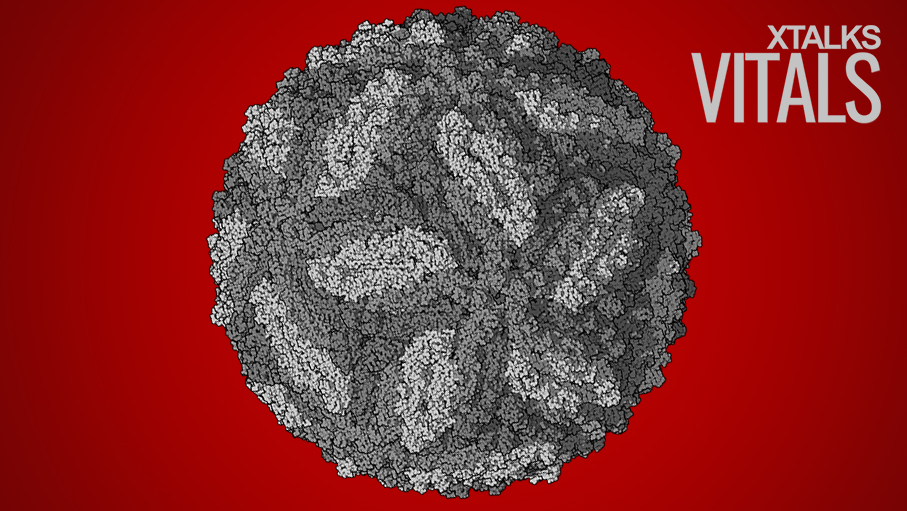Researchers at Oregon Health and Science University (OHSU), have identified multiple tissue types infected by the mosquito-borne Zika virus. The study – published in the journal, Public Library of Science Pathogens – found that the Zika virus infects tissues in the nervous system, muscle, joints, lymph nodes and both male and female reproductive systems.
The study authors also found that the virus stays in the system for at least 35 days post infection. Their research was conducted in a nonhuman primate.
“This study helps us better understand how the virus manifests itself so that scientists can develop therapies and vaccines that could work in humans,” said senior study author Dr. Daniel Streblow, associate professor of molecular microbiology and immunology in the OHSU Vaccine and Gene Therapy Institute, OHSU School of Medicine. “What is different about this research is that we also were able to look at specific points in time to see where the virus grew in the tissues, not just the blood, so we can identify and target the reservoirs where the virus hides.”
Of note was the finding that the Zika virus could be detected in neuronal tissue, which could explain the link between Zika infection and the rare, autoimmune disorder, Guillain-Barré syndrome. While the Zika virus is primarily spread via the Aedes aegypti mosquito, cases of sexual transmission have been recorded. As the researchers also detected the virus in the male and female reproductive systems, the finding could help provide a better understanding of how Zika is transmitted to the fetus in pregnant women.
The researchers studied Zika’s viral tropism – the cell types which are infected by the virus – using seven rhesus macaque monkeys as animal models. The primates were infected with a 2015 Puerto Rican Zika virus isolate, and the location of the virus in the body was studied at seven, 28 and 35 days post infection.
“We observed that the Zika virus targets a number of neuronal, lymph, joint, muscle and genital/urinary/reproductive tissues at seven days post infection, accompanied by a rash, fever and conjunctivitis, or pink eye, similar to the clinical symptoms described in human infection,” said primary study author Dr. Alec Hirsch, assistant professor of molecular microbiology and immunology, OHSU Vaccine and Gene Therapy Institute, OHSU School of Medicine. Interestingly, the Zika virus could still be detected in multiple tissue types and organs at the end of the study period, which was 35 days post infection.
While the researchers were surprised to find that Zika virus DNA could not be detected in male testes, the virus was found in the prostate and seminal vesicles, which could account for cases of male-to-female virus transmission. The study both complements previous work, and will help to direct future research into understanding the Zika virus.
“Our study significantly advances what is known about the growth of the virus in the host during the early stages and through more than a month post infection – aspects of Zika virus infection not examined by previous nonhuman primate studies,” said Streblow. The researchers call for additional studies using the rhesus monkey animal model to further understand the Zika virus, and find ways to control its spread.












Join or login to leave a comment
JOIN LOGIN